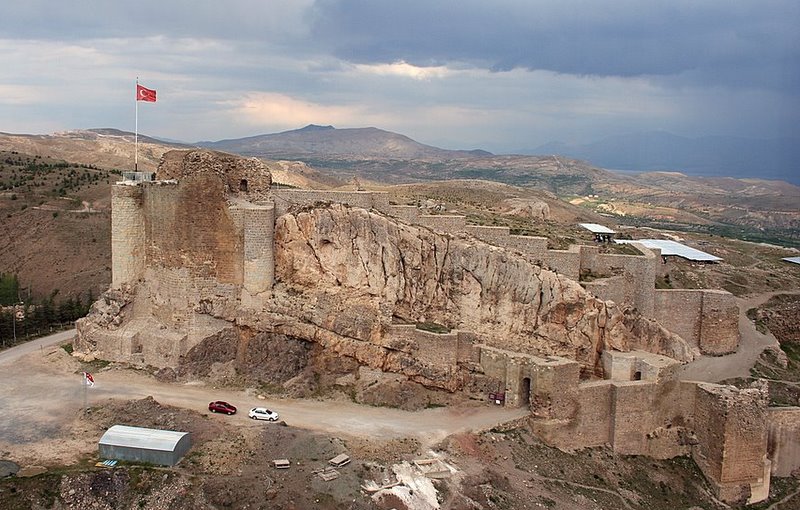
The workshop, which is a thousand years old and was discovered in Harput Castle, was in operation until one hundred and fifty years ago
Archaeologists have uncovered a workshop that is a thousand years old during ongoing excavations at the historic Harput Castle. The intriguing aspect of this discovery is that the workshop was operational until the 1850s.
The excavation site is filled with iron workshops and smelting furnaces that date back to the Urartian Kingdom.
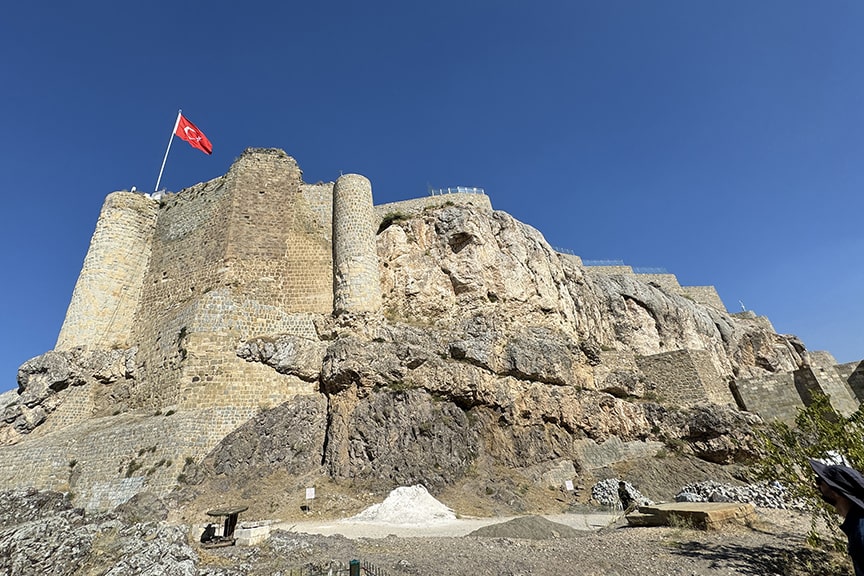
The history of Harput Castle, located in the Harput neighborhood of Elazığ province in eastern Türkiye, goes back to the Urartian period in the 8th century BC. The castle is designed in a rectangular layout and consists of two parts: the inner and outer castle.
Archaeological excavations at Harput Castle, which is on the UNESCO World Heritage Tentative List, are being conducted under the direction of Prof. Dr. İsmail Aytaç, the Head of the Department of Fine Arts at Fırat University Faculty of Education.
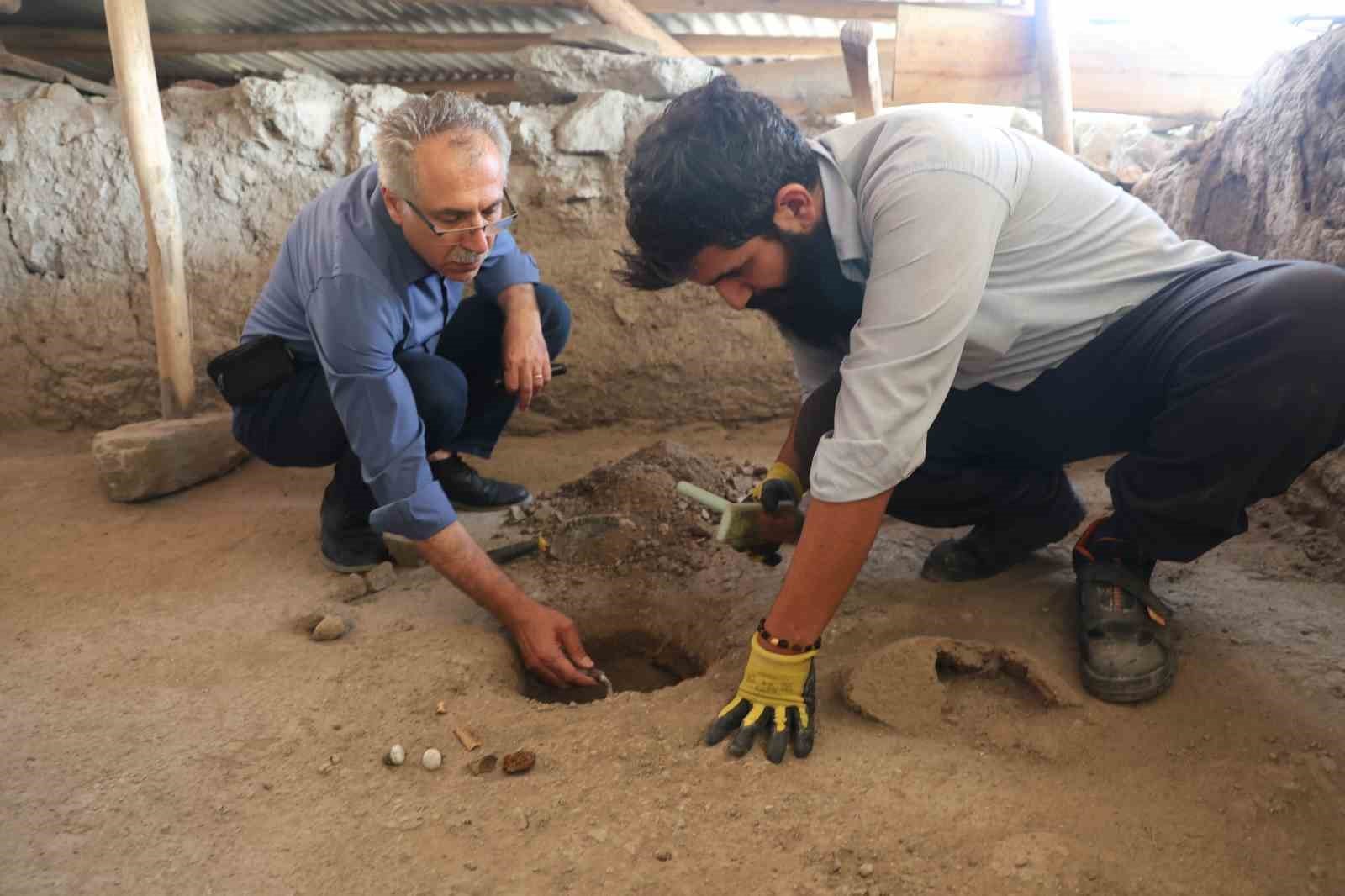
A complex area of 1,000 square meters has been identified, consisting of iron workshops, smelting furnaces, and storage spaces. Excavations that began three years ago have yielded particularly significant finds, including copper coins, porcelain furniture components, and other artifacts.
Archaeologists examining these finds have determined that the workshop section was in use until the 1850s.
Prof. Dr. İsmail Aytaç stated, “In an area of approximately 1,000 square meters at Harput Castle, we have discovered iron workshops featuring interconnected smelting furnaces used for various purposes based on different heat levels. Alongside them, we also found iron ingots that were processed here. These ingots were brought to this site and transformed into finished products. Some were created using casting techniques, while others were shaped and then forged into final items. Numerous arrow and spearheads, metal horseshoes, nails, decorative items, and furniture components have been uncovered here.”
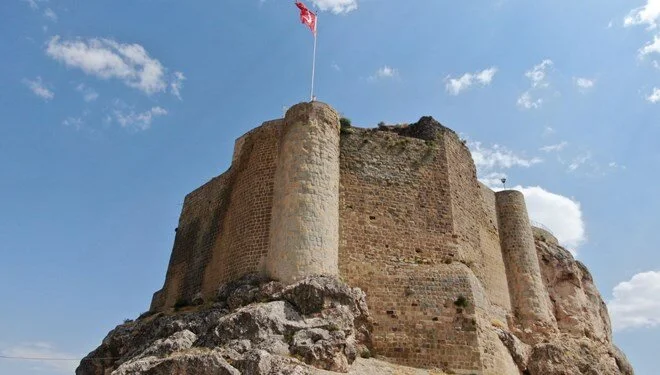
Emphasizing that this industrial site dates back a thousand years and was in use until 150 years ago, Prof. Dr. Aytaç continued, “We understand that military materials were primarily produced during wartime. There is also a section of workshops where artifacts related to daily life were made during peacetime. It would not be incorrect to refer to it as an industrial site of its era. We can assert that the workshop section is at least a thousand years old and was operational until the 1850s. Both a copper coin and some porcelain furniture components, along with other finds, indicate that this area was utilized until that time. When military units were relocated to the city in the 1860s, the use of this site gradually declined, and it was eventually covered by soil. We have conducted excavations as part of our industrial heritage work and have reached the stage of promoting it for tourism.”
Cover Photo: Wikimedia
You may also like
- A 1700-year-old statue of Pan unearthed during the excavations at Polyeuktos in İstanbul
- The granary was found in the ancient city of Sebaste, founded by the first Roman emperor Augustus
- Donalar Kale Kapı Rock Tomb or Donalar Rock Tomb
- Theater emerges as works continue in ancient city of Perinthos
- Urartian King Argishti’s bronze shield revealed the name of an unknown country
- The religious center of Lycia, the ancient city of Letoon
- Who were the Luwians?
- A new study brings a fresh perspective on the Anatolian origin of the Indo-European languages
- Perhaps the oldest thermal treatment center in the world, which has been in continuous use for 2000 years -Basilica Therma Roman Bath or King’s Daughter-
- The largest synagogue of the ancient world, located in the ancient city of Sardis, is being restored

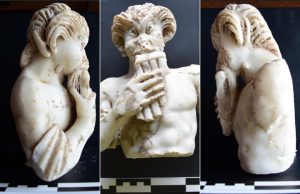
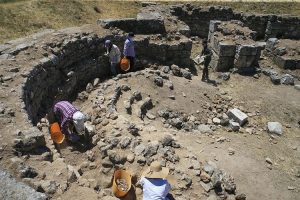
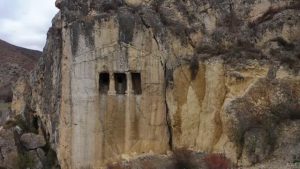
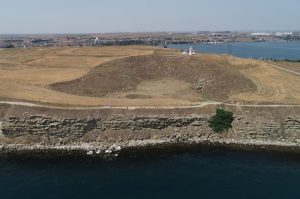

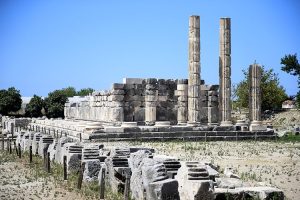


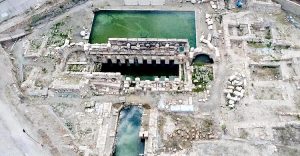
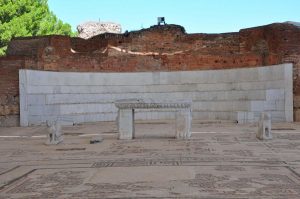
Leave a Reply